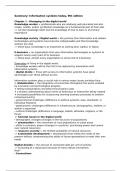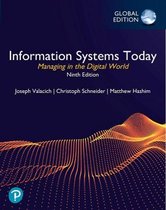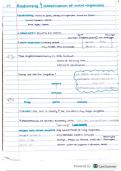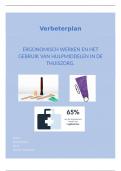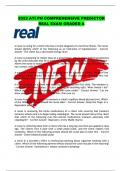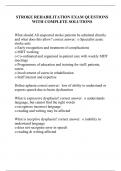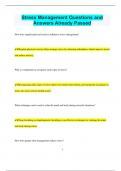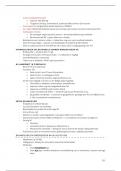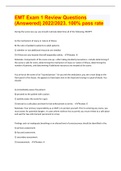Samenvatting
Samenvatting: Management & Informatiesystemen TENTAMEN
- Instelling
- Tilburg University (UVT)
Dit is een samenvatting van alle benodigde leerstof voor het tentamen van Management en Informatiesystemen. Dit bevat: - H1-10 + Technology briefing van : Information Systems Today - Managing in the digital world, 9th edition - H2 van: Workflow Management - Benodigde informatie van hoorcol...
[Meer zien]
